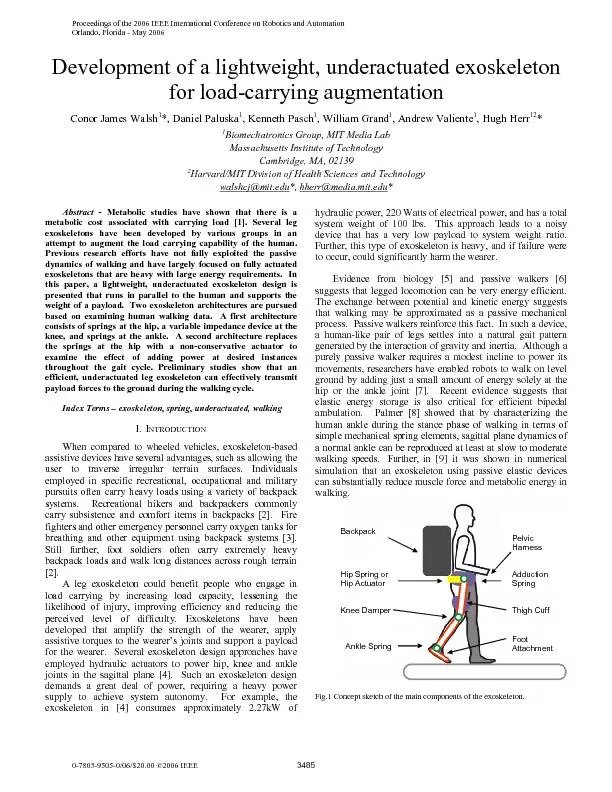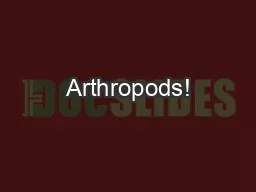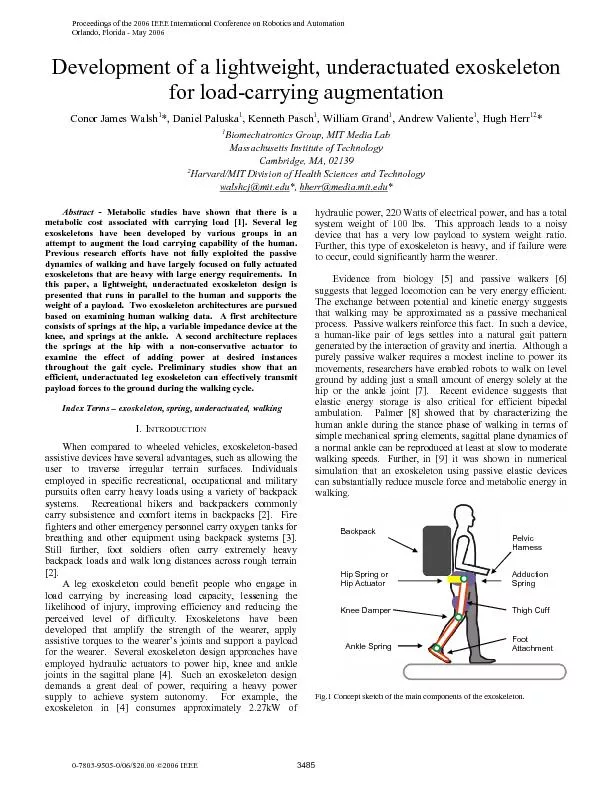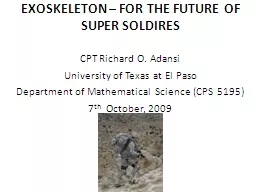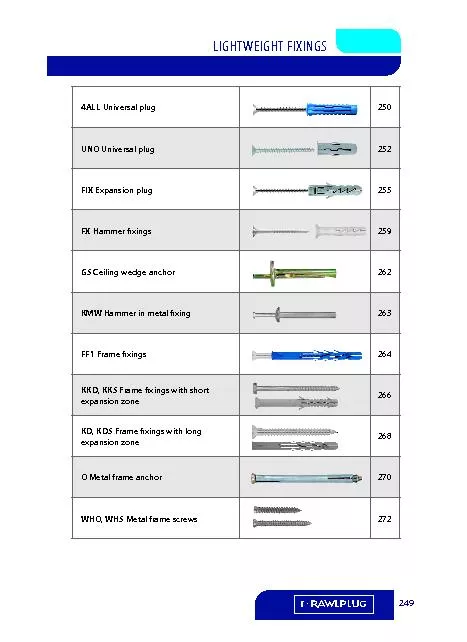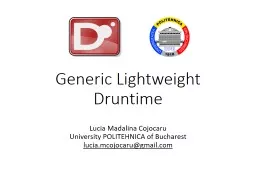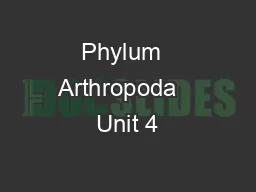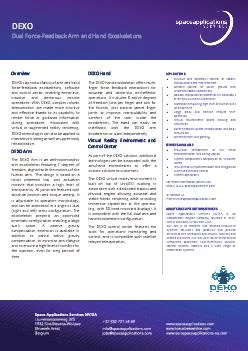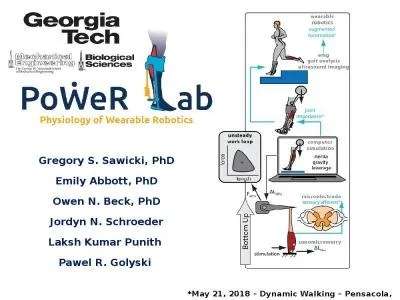PDF-Development of a lightweight, underactuated exoskeleton for load-carry
Author : danika-pritchard | Published Date : 2016-06-03
hherrmediamitedu Abstract Metabolic studies have shown that there is a Backpack nkle SpringKnee Damper Hip Spring or This paper examines biomechanical data from
Presentation Embed Code
Download Presentation
Download Presentation The PPT/PDF document "Development of a lightweight, underactua..." is the property of its rightful owner. Permission is granted to download and print the materials on this website for personal, non-commercial use only, and to display it on your personal computer provided you do not modify the materials and that you retain all copyright notices contained in the materials. By downloading content from our website, you accept the terms of this agreement.
Development of a lightweight, underactuated exoskeleton for load-carry: Transcript
Download Rules Of Document
"Development of a lightweight, underactuated exoskeleton for load-carry"The content belongs to its owner. You may download and print it for personal use, without modification, and keep all copyright notices. By downloading, you agree to these terms.
Related Documents

